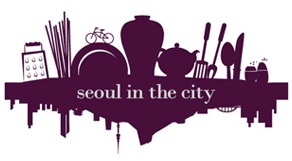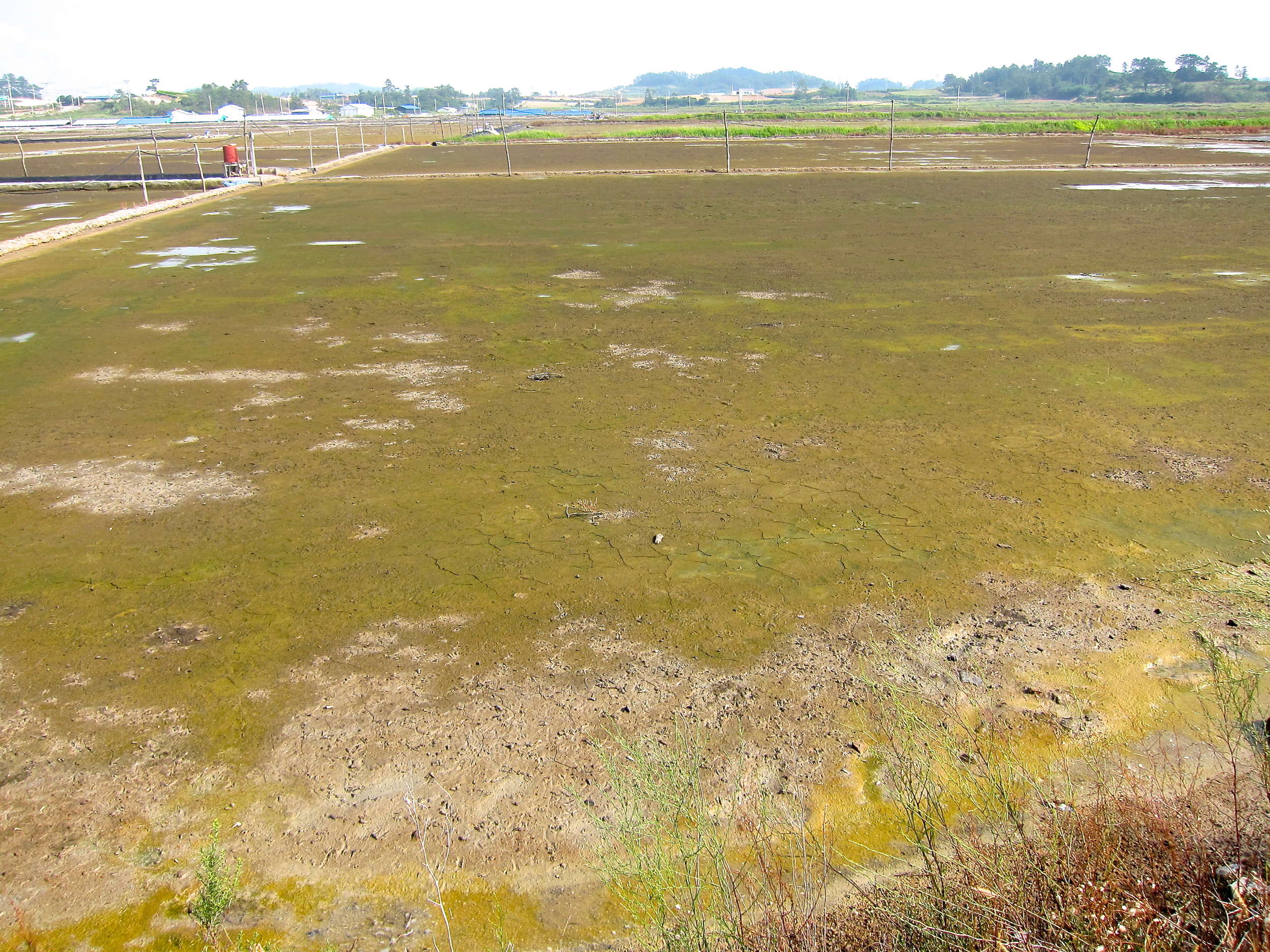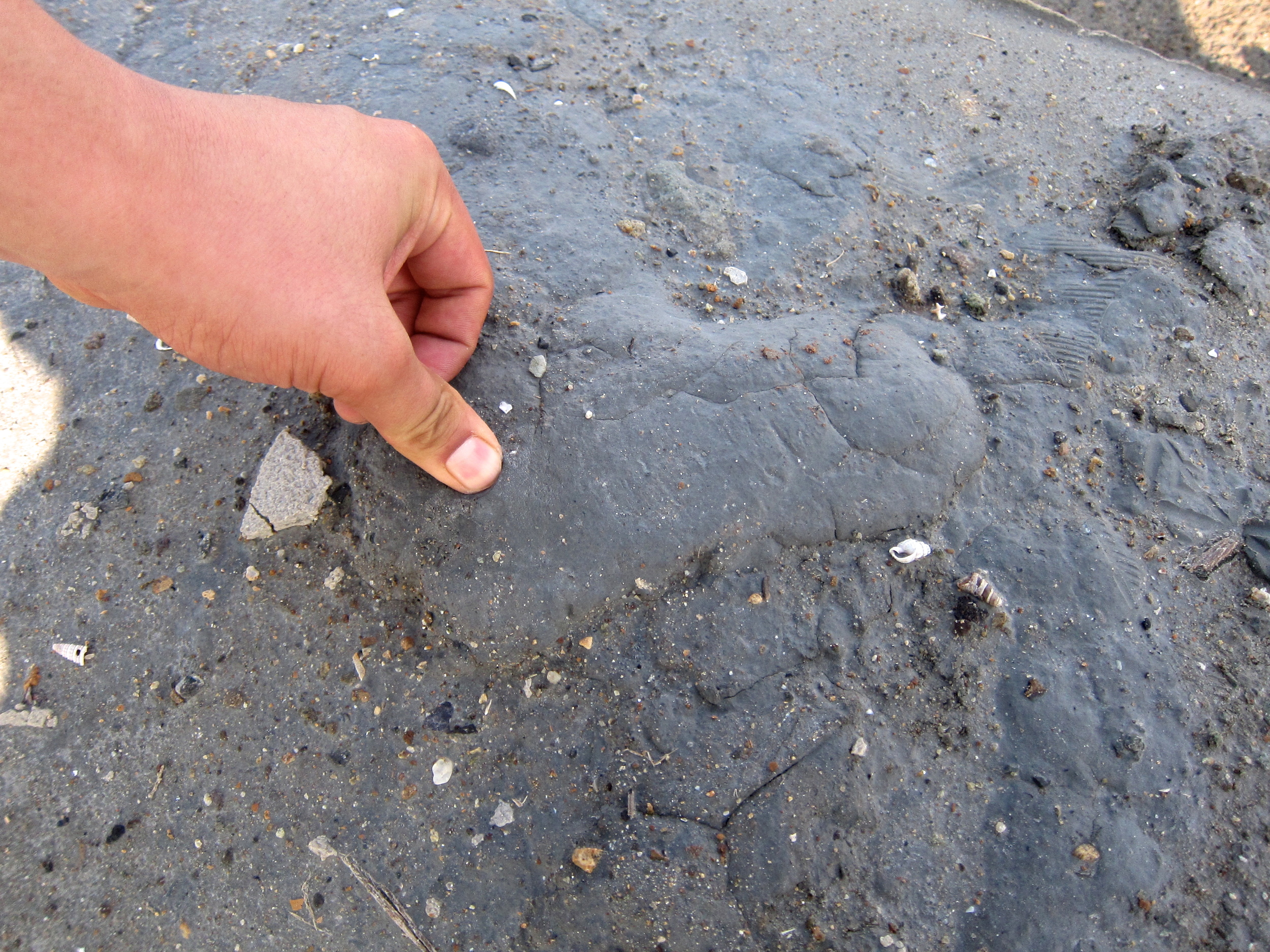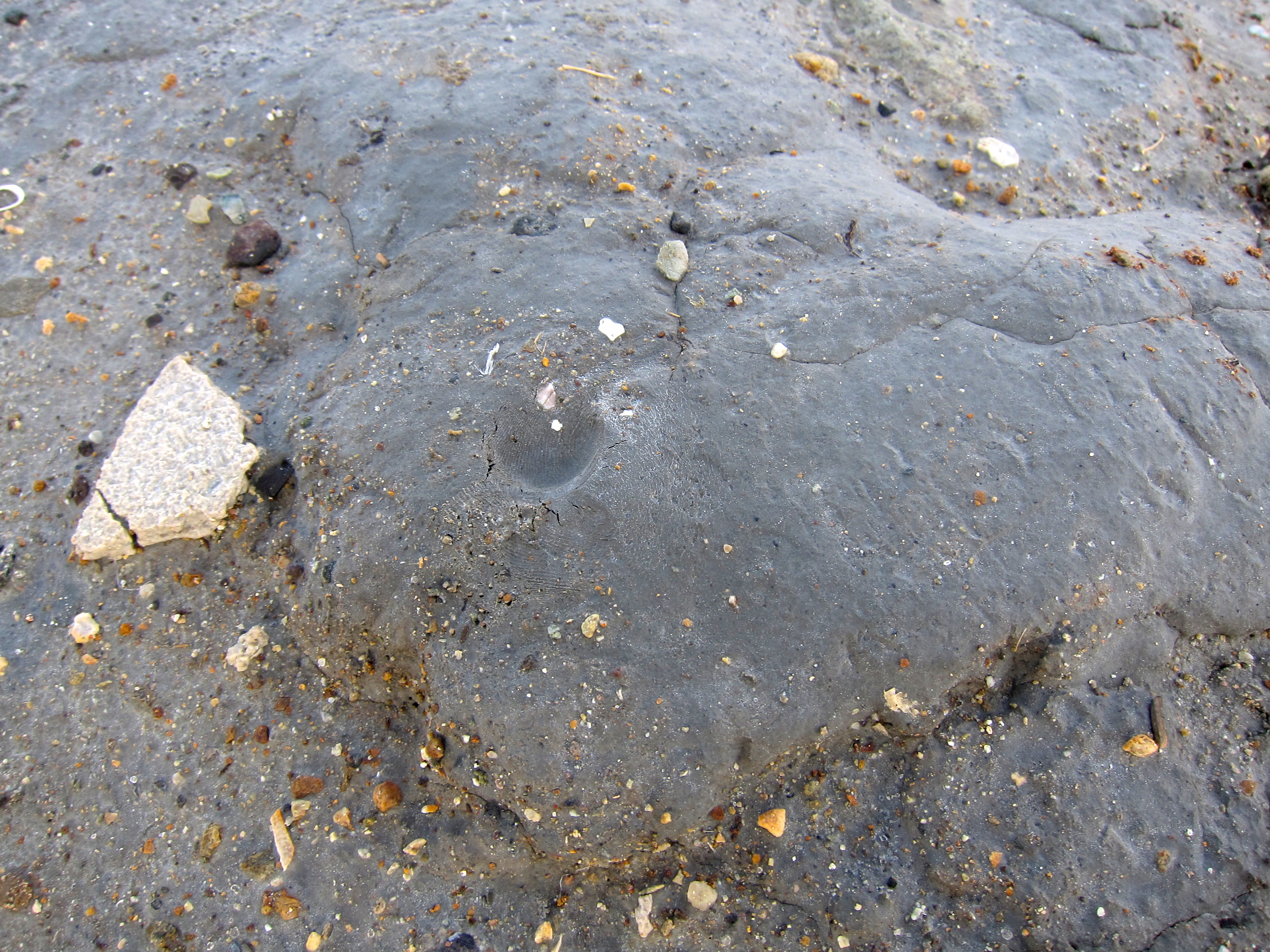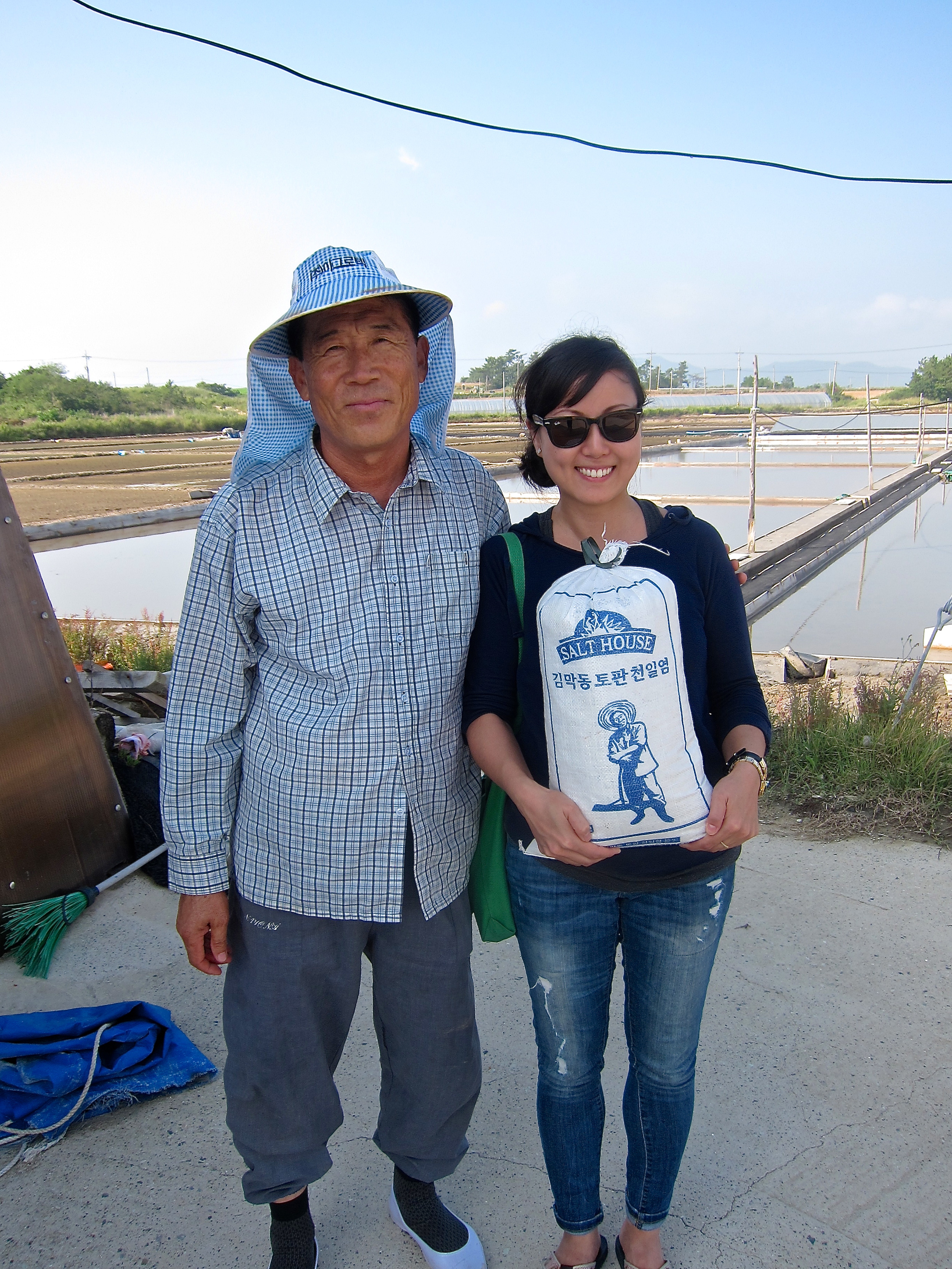The most eye opening experience that I had recently was a 2-day road trip in South Korea's beautiful Jeollanam-do (절라남도) province towards the tail end of my trip this month. What I have learned, tasted, uncovered, and felt was truly an experience that stands alone.
Through this journey, I hope to be more truthful in my work and in what I share moving forward. This was the first time visiting Korea's salt farms, and what I have discovered was both beautiful and sad. What I'm about to share may come to a shock to most of you. Perhaps this story will encourage you to rethink about the salt we intake, especially if you reside in Korea. If it doesn't, I have no other comments. This story really, really hit home for me.
So it begins here…
Kim Mak-dong (김막동) has been farming salt for over 40 years in Hae-nam, Jeollanam-doprovince (해남 절라남도). What encouraged him to start clay farming was a visit from a Buddhist monk early on during his career, which recognized that his salt farm is located in very special grounds near the South Sea (which is bounded by the southwestern part of the Sea of Japan, and by the southeastern part of the Yellow Sea). Just to give you a brief description of how sea salt is formed: the sun evaporates the dilute seawater brine. In general, there are 3 main methods used to produce salt: solar, evaporation, & rock mining. For the evaporation process, it takes 7-10 consecutive sunny days to produce sea salt.
Most of the sea salt farms in Korea use black PVC tarps for the evaporation process. Why? Well, this material expedites the evaporation due to the color and material, in which this process is considered a modern way of farming salt. You can see this method used in many salt farms around the world. Today, there is literally just one clay salt farm left in all of South Korea (to my knowledge) that produces natural sea salt-Kim Mak-dong's clay salt farm 'Topanyum (토판염).'
Natural color of clay salt is slightly pinkish/gray
Look at the size and shape of this clay salt!
Clay salt farms photographed above...
So what's the big fuss?
Who cares if salt farmers in Korea use clay beds or PVC tarps? The covered truth about these PVC tarps is that when you smear a white cloth on the tarp, there is a black tarnish that actually rubs off (please see photos below). Is this hazardous to your health? Probably. What's even worse is that the adhesives used to bind the wooden salt beds are hazardous as well. When I asked Mr. Kim why there have been no solid reports on this in Korea, his main response was "Most of the salt farmers using this method are very aware of the health implications, but unwilling to bring this information forward because they have to make a living. They don't have much choice to change their method of farming, as the government is not willing to support these farmers otherwise." Okay, how crazy is this??? The disgusting corruption. I may actually be one of the first bloggers to expose this truth.
The fact is-to produce sea salt from clay beds is quite expensive compared to using the modern method described above. Plus, it takes longer to produce salt, and the quantity is comparatively lower than using the modern method. To give you an idea, a 10 kg bag of clay salt is approximately 150,000 KRW ($150) compared to 25,000 KRW ($25) for the other salt. So the reality is-how much do Korean consumers care? Not much. Most are not willing to pay the price.
Salt is essential for our daily diet. Too little or too much is not good, and more importantly, salt maintains the body's balance of fluids.
Clay salt farming was the main method used in all of Korea until the modern method was introduced. Clay salt naturally has higher mineral content than sodium chloride (most other salts are the reverse). The taste of Korea's clay salt can be described as 'natural umami', as this was the most important flavoring agent in Korean cuisine. Mr. Kim explained how MSG or other preservatives were never used when he grew up, and clay salt was the key ingredient in all of their food. Today, unfortunately the overuse of processed MSG is quite widespread in Korea. When I tasted this clay salt, it wasn't that salty (if this makes sense), and the finish had a subtle sweetness. Never tasted salt quite like this one. Amazing. Cannot wait to start cooking with this salt~
Can we share the love...
The sad truth is that Mr. Kim's salt farm is on the brink of shutting down. Currently, he does not have the full support and the funds to sustain his clay salt farm (as he truly stands alone). There is a chance that the South Korean government will finally recognize the importance of what his farm provides to Korea, as well as his role in Korea's agriculture. This truly breaks my heart, as I would love to do what I can to aid him. I hope that after you read this story, you too will share this message with others, and support him as well.
LET'S EAT THIS SALT!
Where can this clay salt be found? Look for the 'Kim Mak Dong's Salt House' brand at the link below, and it can be found in various departments stores throughout South Korea as well.
Kim Mak Dong's Salt (click for direct link)
Clay beds
Mr. Kim gave me a free 10 kg bag of clay salt! Ok, he's such a cute ajusshi:)
Black PVC tarps
Black PVC tarp may look deceivingly clean
Black smudge from the PVC
More black smudge. How does this not get your attention??? This was the 'ah ha' moment that encouraged me share this story...
